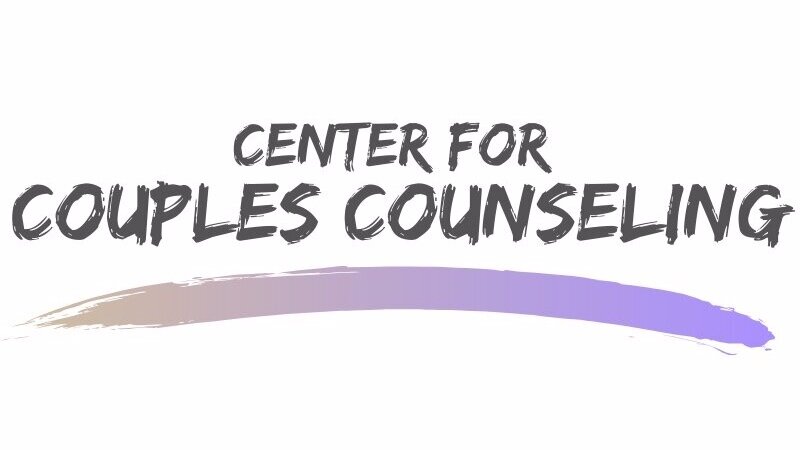Holding Hands in Public: The Micro-Moments That Shape Safety and Intimacy
It’s one of the smallest gestures two people can share—reaching for your partner’s hand. But for many LGBTQ+ couples, that simple act carries the weight of risk, calculation, and deep emotional meaning.
During Pride Month, we celebrate the courage, joy, and authenticity of queer love. But it’s also a time to acknowledge that safety and intimacy are often tightly intertwined—especially in public spaces.
Whether you’re in a same-gender relationship, a mixed-orientation partnership, or simply navigating a world that doesn’t always make room for you, public displays of affection (PDAs) aren’t just about romance. They’re about survival, trust, and subtle signals of inclusion.
The Unspoken Question: "Is It Safe to Hold Your Hand Here?"
For LGBTQ+ couples, navigating the world together often means asking quiet questions like:
“Will people stare at us?”
“Is this a safe neighborhood or business?”
“Will my family or coworkers be nearby?”
“Will this make my partner uncomfortable?”
Holding hands can feel like an act of resistance—or a source of vulnerability. Sometimes it's avoided altogether, not due to a lack of love, but out of fear or fatigue.
Why These Moments Matter
Small gestures carry big emotional weight. Holding hands isn’t just a display of love; it’s a signal of trust, connection, and shared identity.
In couples therapy, we often hear:
“It hurt that she pulled away when we passed people on the sidewalk.”
“He says he’s not into PDA, but I think he’s still ashamed of being seen with me.”
“We only act like a couple behind closed doors.”
These aren’t surface-level concerns. They touch core needs: to be known, valued, and safe—both emotionally and physically.
Navigating Public Love During Pride Month (and Beyond)
Pride Month invites many LGBTQ+ couples to be more visible—but that doesn’t mean it’s easy. Here are a few things to reflect on as a couple:
1. Talk About What Public Affection Means to You
PDA can feel empowering to one partner and terrifying to the other.
Talk openly about:
What gestures feel affirming (e.g., hand-holding, shoulder touches, terms of endearment)
What settings feel safe or unsafe
This creates space for empathy, not judgment.
2. Validate Each Other’s Concerns
Instead of trying to “convince” your partner to be more or less open, validate the reasons behind their feelings.
For example:
“It makes sense that you hesitate after what happened last time.”
“I appreciate you still reaching for me, even when it’s uncomfortable.”
Validation builds connection, even when you’re not in the same place emotionally.
3. Create Micro-Moments of Safety
You don’t need grand gestures to feel close. Look for small ways to stay connected:
A squeeze of the hand when crossing the street
A smile exchanged across a crowded room
Affirming language when introducing your partner
These little moments matter more than we realize.
4. Make Visibility a Shared Decision
During Pride, there may be more opportunities to show up as a couple—at parades, events, or online. Decide together what feels right. Being visible should never come at the cost of one partner’s safety or well-being.
A Note for All Couples
Even if you’ve never questioned your safety while showing affection, you can still learn from the care LGBTQ+ couples take when moving through the world.
Ask yourself:
Do I assume my partner feels safe and seen?
Do I listen when they express discomfort in public or private spaces?
How can I offer gestures of love that feel meaningful to them?
When we start seeing affection as a dialogue—not a given—we grow more intentional and connected.
Love Deserves to Be Seen
At Center for Couples Counseling, we believe love deserves to feel safe, celebrated, and real—in private and in public. Pride Month is a powerful reminder that intimacy isn’t just about grand moments. It’s built in the quiet, everyday acts of choosing each other again and again.
My name is Erika Labuzan-Lopez, LMFT-S, LPC-S and I’m the owner at the Center for Couples Counseling. I love using a variety of techniques to help couples learn why they move into childish spaces during conflict, how to put down those defenses for good, and what to do when you can’t access the tools you know will work to get out of conflict. I love working with couples and individuals to learn how to live in the world more relationally and engage in meaningful relationships. With over a decade of couples therapy experience, I am passionate about training and supervising therapists to become specialized in highly effective couples therapy. We see couples, individuals, and all residents of Texas online. Call (832) 827-3288 to schedule your FREE phone consultation.
Start Couples Therapy in League City, TX
Are you and your partner struggling with marital issues? Looking to build a strong and secure relationship? At Center For Couples Counseling, you and your partner can learn to reconnect, create a healthy relationship, and gain support from our skilled couples therapists. To get started with couples therapy follow these three simple steps:
Contact us to schedule an appointment
Meet with one of our caring couples therapists
Begin working on your relationship and reconnect with your partner.
Other Services Offered At Center For Couples Counseling
Our team understands your relationship might be facing different challenges. So our Texas practice offers other therapies to help you face these challenges. Other services include individual therapy, infertility counseling, postpartum anxiety and depression counseling, therapy for self-care and burnout, and therapy for perfectionism. For more about us check out our FAQs and blog!







